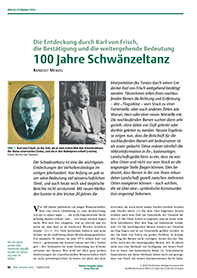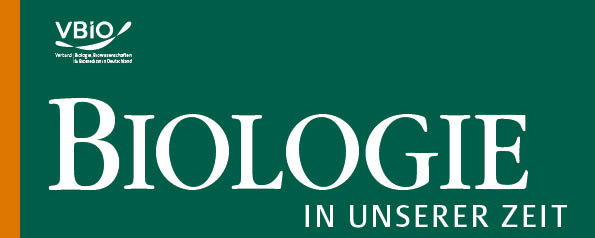100 years of waggle dancing
DOI:
https://doi.org/10.11576/biuz-7014Keywords:
soziales Verhalten, individuelle Markierung, Dressur, symbolische Kommunikation, Kodierung des Flugvektors, elektrostatische Signale, Sonnenkompass, Entfernungsmessung, kartenartiges Gedächtnis, kognitive KarteAbstract
100 years ago, Karl von Frisch discovered the waggle dance of the honeybee. Thus, he succeeded in making one of the most important contributions to the behavioural biology of the last century. Dancing bees encode the distance and the direction of the flight to a food source in the dark beehive on the vertical honeycomb in a symbolic way. Recent studies with a special radar equipment have not only confirmed this discovery, but have also shown that bees following the dance decode this vector information in two ways, as a flight instruction (distance and direction) and as a location by embedding the vector information into their cognitive map of the explored environment. In this way, it is possible for the bees to fly from any location in an area which they have explored to that point indicated by the dance.

Downloads
Published
How to Cite
Issue
Section
License
Copyright (c) 2023 Randolf Menzel

This work is licensed under a Creative Commons Attribution-ShareAlike 4.0 International License.

